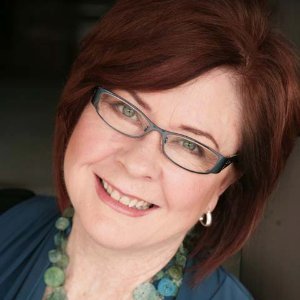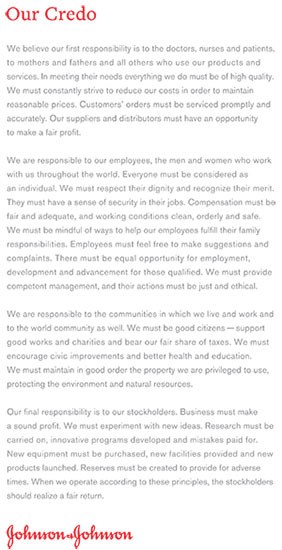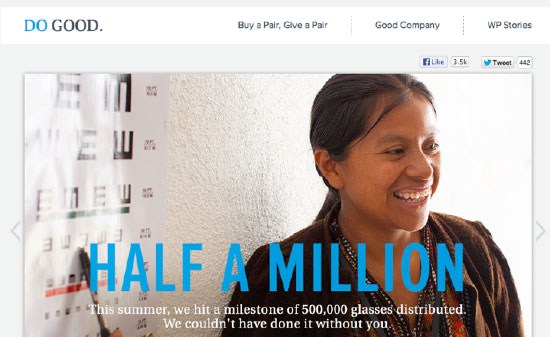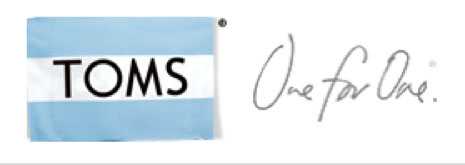...and if you do, is it still working for you?

|
After reading a recent 20/20 CE on making your business green by Mark Mattison-Shupnick I began to think about how important it is to understand one's business model and adapt them when needed to continue being successful. Mark's CE provides a good roadmap with an action item list for adapting your business model to make it current and relevant to today's "green conscious" patients.
Business Model You, Tim Clark, Wiley and Sons, 2012, defines a business model as "the logic by which an organization (business or practice) sustains itself financially." This book approaches the discussion from the angle of an individual; however, their approach is on target and easy to apply to a practice or business.
I was raised in this industry in independent optometry and opticianry. That is where I developed my core values and passion for providing the highest and most professional quality eyecare for each patient. In retrospect this describes our business platform; an ethical practice focused on delivering the highest quality patient vision care.
When I first began working in an optometry office I recall feeling awkward and not being able to look at my patient in the eye when I told them the cost of their eye exam and eyewear. I thought talking about money and especially profit was rude or not polite. I learned when helping manage a small practice that we needed profit in order to stay in business and be able to help our patients. I became proud, determined and confident because we were providing the best quality and professional care at a reasonable price.

|
|
Click image above to view original. |
The Johnson and Johnson Credo, one of the most famous business statements, was developed in 1943 by Robert Wood Johnson, long before mission statements, company vision and values or corporate social responsibility became popular. Johnson and Johnson still believes their Credo is an essential part of the reason for their success. As recently as April 2012, the newest CEO Alex Gorsky of J&J spent more than thirty minutes reviewing and emphasizing the 69 year old Credo at their shareholders meeting. The first paragraph of the credo J&J puts their customers and end customer first followed by a statement that their suppliers and distributors must have an opportunity to make a fair profit. In the final paragraph the credo plainly states "Business must make a sound profit."
When profits and business start to decline, it's time to look at our business model and adapt to the current business environment. Many mistakenly react to business conditions by cutting costs only rather than doing the hard work of questioning and changing their business approach.
The bottom line is that if you are passionate about what you do in eyecare and want to continue doing it, you must change with the times, the economy and our patients, as they are all changing.
Most people and businesses avoid change, which is why most change processes are precipitated by a crisis. Whether it is a downward spiraling economy, business merger or acquisition or a changing business environment. Smart folks keep their eye (no pun intended) on their industry, their competition and their patient base at all times.
There have been dramatic changes in our industry over the past couple of decades. As an optician and a business person lately I've been stepping back and observing all the changes and thinking about how important it is to adapt one's business model to survive in today's economy.
Two of my favorite business books; Built to Last and Good to Great by Jim Collins present fact and data based thinking on to how to define, improve and bring your business back on track to greatness. They address the importance of all the people in the business on the team being connected and going in the same direction. Have you thought about what direction your business is going and have your shared that with your staff?
Mike Karlsrud's article a few weeks ago in the Opticians Handbook spoke to the fact that adults like to know where they are going. If you expect your staff to be motivated and provide the best possible care for your patients—get them "on your bus." Have you considered monthly meetings to discuss what is happening is your business or practice? Have you asked your staff what they hear from patients during the day? Are those comments getting captured and are you considering them objectively? It is to gather that patient comment information and then to think about it's affect on your business. Large business often call this feedback the "Voice of the Customer" and it is routinely gathered and reviewed to help guide them in improving their business.

Recently I complimented a young man in his twenties on his eyewear. He quickly told me he ordered them on line from Warby Parker. My first reaction was to launch in to a speech about eyewear quality and the importance of correct measurements, etc. etc.. Instead I simply asked him "Why?" He explained that he liked the style and they have a program where a pair of eyewear is donated to a person in need for every pair sold. I was struck that even young college students with low budgets are motivated by causes. Another example is Tom's Shoes, my niece must have a dozen pair of his shoes and she was quick to tell me about what Tom's shoes does in providing eyewear for needy people in other countries.

I've noticed some very creative business models and activities in the optical world lately. Such as the optical shop in a nearby large city that buys designer frame closeouts and sells them at a reduced cost. The same optical shop uses social media by sending out emails to announce their shipment arrivals and Friday evening cocktails with live music. A large optometry practice with an excellent website that includes a blog with pictures of their vacation in Italy visiting artisan frame manufacturers they carry in their dispensary. A dedicated and caring optician who visits nursing homes to order and fit eyewear (this woman and her articles are on our Opticians Handbook website).
The doctor I used to work for many years ago always dedicated at least one day a year during "National Save Your Vision Week" (sponsored by the American Optometric Association) to screening the eyes of school children at no charge. This made me feel proud to work for him and to be a part of event. Those were fun days, we always tried to beat the number of children we had seen the previous year. We had Egg McMuffins for breakfast and a Pizza lunch together in between patients in the break room. We felt like a team and we were doing "Good" in our community—like the MODO model.
In my view, the best-case scenario is when "doing good" is also good for business.












